Inside Motown’s first UK tour: ‘We were treated like royalty’

When in 2015 I interviewed Berry Gordy, the founder of Motown Records, talking about the 56-year history of probably the most successful label in the history of popular music, he paid tribute to the part that the British audience has played in their success.
Reflecting on the occasion in 1965 when the Motortown Revue, the package tour that brought The Supremes, Martha and the Vandellas, Smokey Robinson and the Miracles, and Stevie Wonder to Britain for the first time, Gordy talked glowingly of the importance to the label of what he described as “the white-sheet kids”.
The phrase took me aback. This was a time when, while touring in the southern states of America, the artists on the Revue would be forced to perform in front of segregated audiences, stay in black-only motels and on occasion be threatened with guns, and when the phrase “white sheets” held a distinctly sinister connotation.
But Gordy actually was referring to the fact that the only way music fans in Britain in the early 1960s could hear Motown’s music was by tuning in to Radio Luxembourg, which at 11.45pm each Wednesday would broadcast 15 minutes of music sponsored by the small Oriole label, which had the licence to release Motown records at the time.
Hunched down in bed under their sheets and blankets, with one ear cocked to their transistor radios, Britain’s youth were drinking deep of their first draught of what, within the space of a few years, would become the most celebrated record-label in the world.
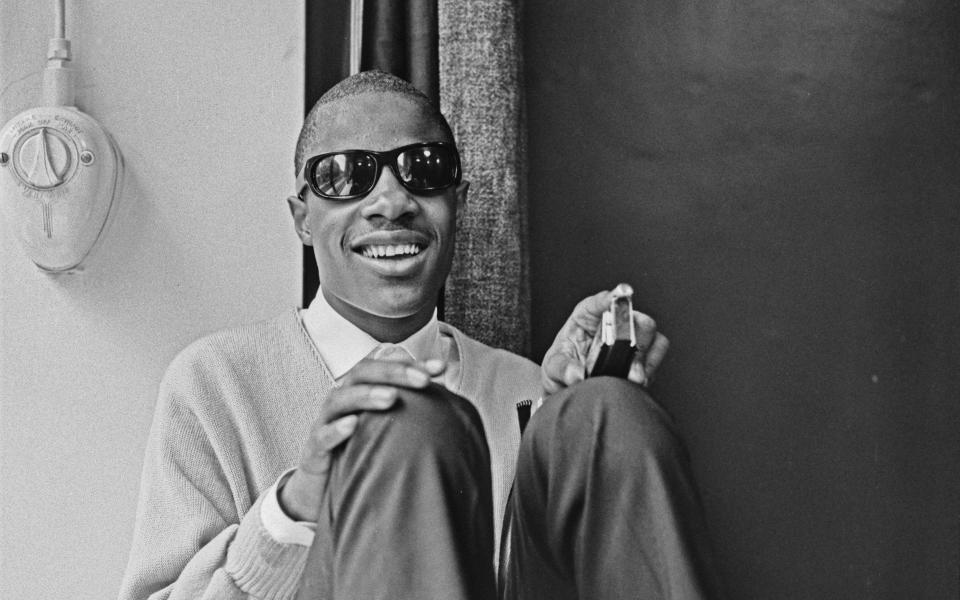
Largely unaware of the fanaticism that surrounded Motown releases in Britain, Gordy told me that, on arriving at what was then London Airport, the touring party were astonished to be greeted by a welcoming committee of fans holding up banners proclaiming “Tamla Motown We Love You”.
“That was so important for our self-esteem,” Gordy remembered. “It changed our whole perspective.”
A new documentary, When Motown Came to Britain, tells the story of that visit. Through archive footage, interviews with fans and musicians, and evocative, if shaky, home movies shot on the tour bus, the programme offers a fascinating and deeply affectionate look at the first encounter between what was then the small but fanatical army of Motown fans, and the artists they had loved from afar.
Motown was founded in 1959 by Gordy, an erstwhile boxer and Detroit car production-line worker, with $800 borrowed from his family, and originally named Tamla – taking the name from the hit Debbie Reynolds film of the time, Tammy. Gordy would launch a second label, Motown – a cannibalisation of “Motor Town”, Detroit’s nickname – shortly afterwards.
In the label’s early years, Motown records were largely confined to black radio stations, and the label’s artists to black venues. But by the early 1960s, driven by Gordy’s ambition to make Motown the “Sound of Young America”, their releases had started making inroads into the American pop charts, and developing a cult following in Britain.
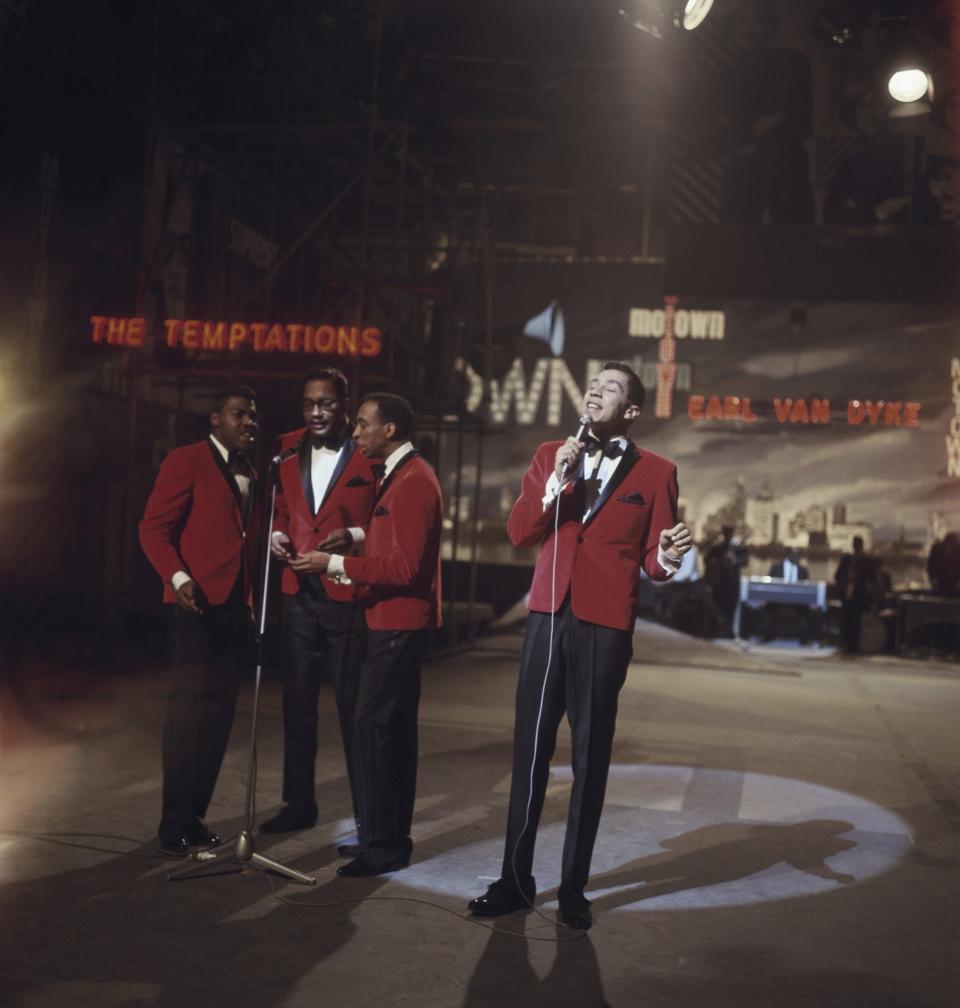
“There was no Radio 1 playing the records, only [BBC station] the Light Programme, which concentrated on British pop,” says Adam White. “There was a bit of coverage of Motown records in the music papers, but nothing in the national press. There just wasn’t an appetite for it. Motown was like a well-kept secret.”
White, who acted as consultant on the new documentary, is a leading authority on Motown, a former editor of Billboard (the music-industry bible), the author of Motown: The Sound of Young America – and one of the “white-sheet kids” to whom Gordy gave thanks.
Hearing a Motown record for the first time as a 14-year-old in 1963, he remembers: “I just fell in love with the music. The sound, the gospel overtones; that rhythmic bass, overlaid with these incredible voices. For me as a kid, I had not heard anything like it.
“When you hear music like that and it has that impact, it helps define you. And the fact that it’s special and not something everyone knows about is very much a part of that process of definition.”
In 1964 Motown had its first hits on the British charts with Mary Wells and The Supremes, whose Baby Love reached Number One in October – the first time that a girl group had topped the standings.
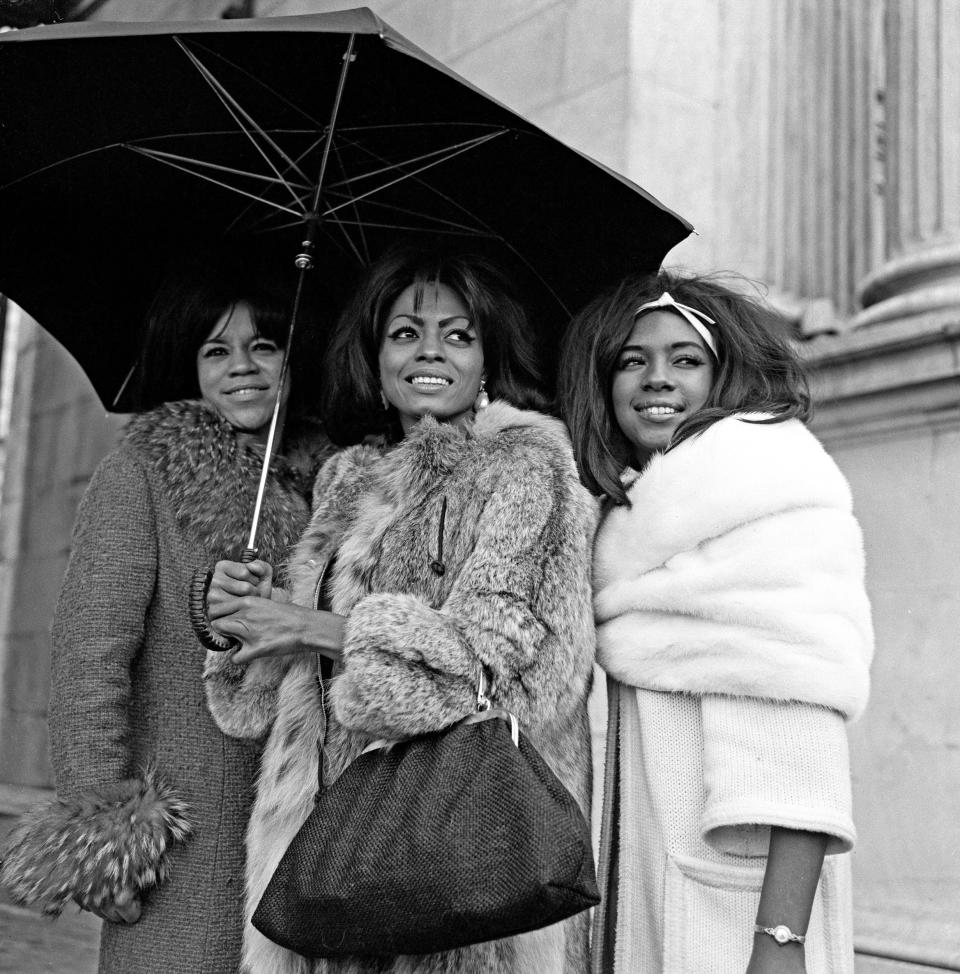
The Beatles had also included cover versions of three songs by Motown artists – You Really Got a Hold on Me and Please Mr. Postman – on their second album, and had been talking up Motown artists to the music press. “Almost at every opportunity they seemed to say, ‘We love Mary Wells, we love The Miracles,’” White says. “And you couldn’t get a better endorsement at that point.”
But the general public was unaware that these records and artists were part of what was shaping up to be “the Motown sound”, or of the significance of Berry Gordy’s growing empire in Detroit as an extraordinary repository of musical talent. “It simply wasn’t a part of the story,” White says. “When The Supremes appeared on Top of the Pops, it was just three good-looking girls singing a great pop song.” But one man was to play a crucial role in changing that.
Dave Godin was the son of a milkman from south-east London, and a rhythm and blues fanatic whose record collection was the stuff of legend. Long before forming The Rolling Stones, Mick Jagger and his friend Keith Richards, who lived nearby, would make the pilgrimage to Godin’s home for instruction in the music’s sacred texts – meetings that Richards described as “little gatherings like early Christians.”
Godin would later claim his influence on Jagger and Richards to be a source of regret, lamenting what he saw as the Stones’s subsequent “exploitation” of black music. Godin was an idealist: a vegan, a pacifist and a conscientious objector who had argued his way out of National Service by taking work as a hospital porter, and whose passion for rhythm and blues was matched by his indignation at racial inequality in America.
In 1963, he founded the Tamla Motown Appreciation Society – “appreciation society” conferring a gravitas that “fan club” lacked. Godin’s newsletter – the Motown fans’ equivalent of samizdat, addressed to “swingers and friends” – and his fervent proselytising on behalf of the label came to the attention of Gordy, who invited Godin to Detroit and offered him a job as Motown’s British “ambassador” and consultant.
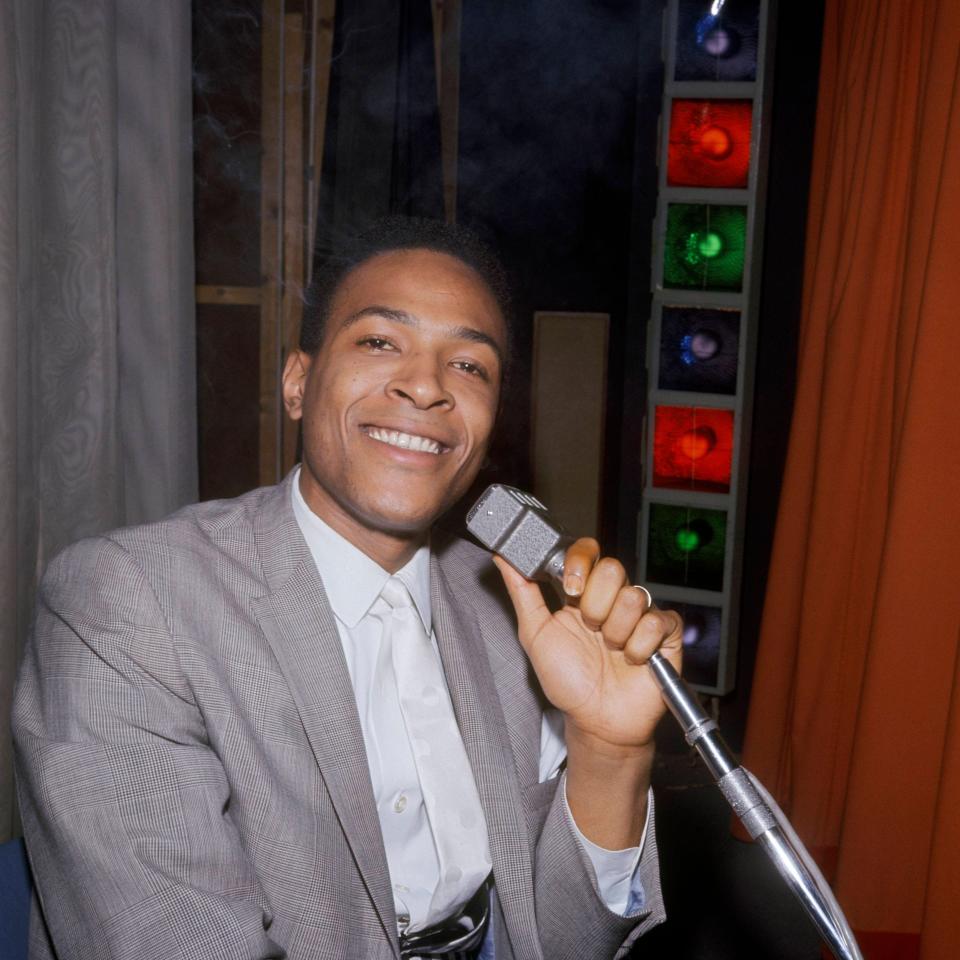
As such, in 1965, Godin was instrumental in persuading EMI, who then had the rights to Motown’s product, to launch a label, Tamla-Motown, solely dedicated to the music – and for which the arrival of the Motortown Revue was intended as a showcase.
To the artists, the reception they received in Britain that year was a revelation, and not only in terms of the appreciation of their music. Gordy had always encouraged his young acts, who for the most part had grown up in the Detroit projects, to stand tall in the world. As Mary Wilson of The Supremes remembered, his charges arrived in Britain imbued with the sense that they were representing not only Motown, but their race.
“Growing up, we weren’t black, we were negroes: a very negative term. Any black parent would tell their children – because they didn’t want them to be hurt, treated badly or killed – we always had to be better than anybody else.
“To go to a country where people just adored us… Well that was new. We were treated like royalty. We were not treated like that in the States, even though we’d started to have hit records.”
But while manna to those familiar with Motown, the tour, with its punishing schedule of 42 shows, over just 24 days, in 21 venues scattered through England, Scotland and Wales, was a commercial flop. The artists simply weren’t well enough known to fill such big venues.
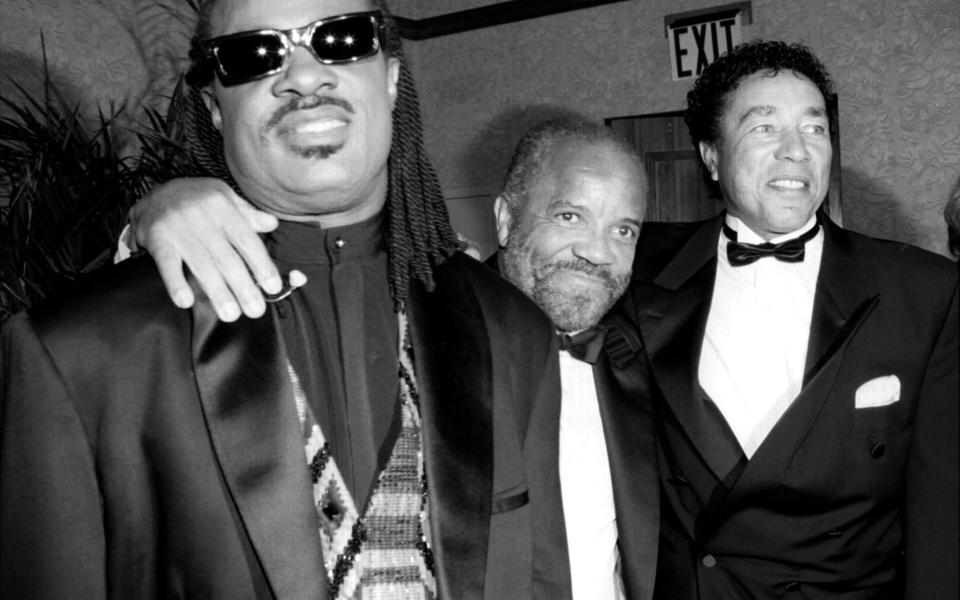
Adam White, 16 years old and beside himself with excitement, saw the show in Bristol. “It was extraordinary in terms of the performances, the presentation, the choreography. But I’d be surprised if there were more than 50 people in the theatre.
“I remember Mary Wilson telling me later that they were there to put on a show, and for that reason it didn’t matter whether there were 10 people or 1,000. Sitting in the front row watching The Supremes, it was as if I’d died and gone to heaven. But for the artists, playing to such small audiences must have been a real disappointment.”
Ironically, the big chance to turn failure into success had been missed. Arriving in London, and before the tour commenced, ITV’s Ready Steady Go!, then the most popular music programme on television, had recorded an hour long special, Ready Steady Go! The Sound of Motown, featuring all the acts and presented by avowed Motown fan Dusty Springfield.
Aged 14 and a “white-sheet kid” myself, as a fully paid-up member of the Tamla Motown Appreciation Society, I was in the audience at the Wembley studio where the show was recorded – wearing, I’m embarrassed to recall, a “mod” cardigan that my mother had knitted for the occasion. When I mentioned that to Gordy during our chat, he jumped up from his chair and enveloped me in a bear hug.
The programme was phenomenally successful, the best advertisement for Motown and the Revue that it would be possible to imagine. Unfortunately, it wasn’t broadcast until two weeks after Gordy, The Supremes, Martha and the Vandellas, Smokey Robinson and the Miracles, and Stevie Wonder had returned to America. But within a year, all the artists would have Top 20 hits on the British charts – and Motown was on its way to conquer the world.
When Motown Came to Britain is on BBC Two at 10pm on Jan 1

 Yahoo News
Yahoo News 
